This is a historical report of a trip we did in Sept 2010, before I started blogging so the details aren’t as good as my more recent trips. You can organize a similar trip with the Katala Foundation.
The lush tropical island of Palawan, Philippines is well known as a location for spectacular diving in the northern resort of El Nido. Though many tourists make the trek up north, very few head south to see the rare feathered gems on the private Rasa Island near the small town of Narra. This is the stronghold of the few remaining Red-vented Philippine Cockatoo (Cacatua haematuropygia) . The endemic Philippine or Red-vented cockatoo is a small psittacine with a helmet crest and red undertail coverts. The white plumage is extremely conspicuous in flight and in the foliage of the lowland dipterocarp and mangrove forest habitats. It is 12.2 inches long and has an 8.6 inches wingspan. The Katala as it is locally called is a social species which roosts, feeds, and flies in noisy groups. Their habitat is lowland, riverine, and mangrove forests but may be found in forest edge and open fields as well as high in the mountains. Can be seen singly or in flocks of up to 30 or more. Recent estimates by Widmann (2001) suggest 1000 individuals left in the wild! Rasa probably holds the highest population density with 200 recorded individuals.
Getting here is quite an adventure in itself. First you need to get to Manila, then get a short domestic flight to Puerto Princesa. We were lucky enough to be met by Dr. Sabine Schoppe from the Katala Foundation who lives in Puerto Princesa. We stopped at a nearby restaurant for a quick chat, then she dropped us at the bus station. Small shuttle vans leave when full direct to Narra and are comfortable. It’s about a 3 hour drive through lush farmland and small villages, passing the Iwahig prison farm. Indira Dayang Lacerna-Widmann, the Program Manager for the Katala Foundation had booked us into a small hotel-the Gorayan, and organized a guide for us. She had meant to meet us personally but found out she would be in Australia at the time of our visit.
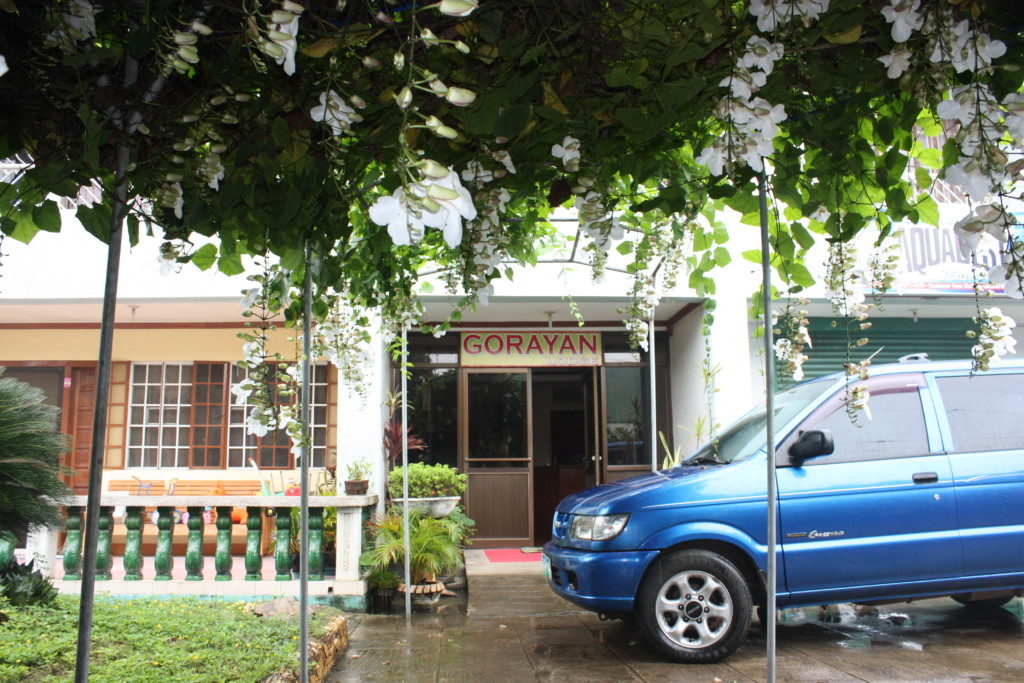
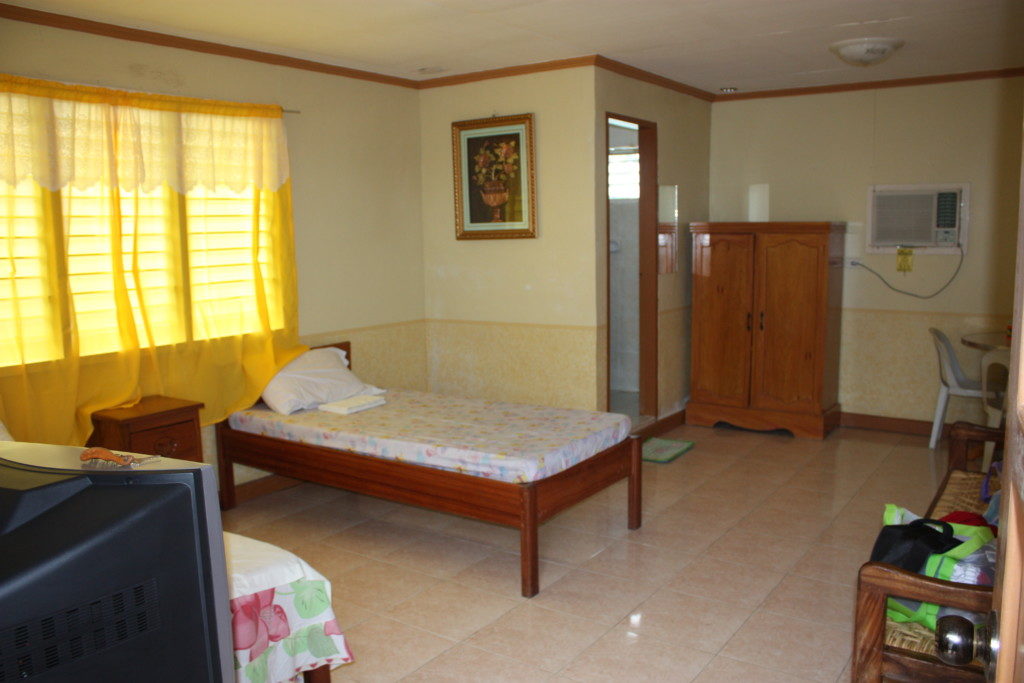
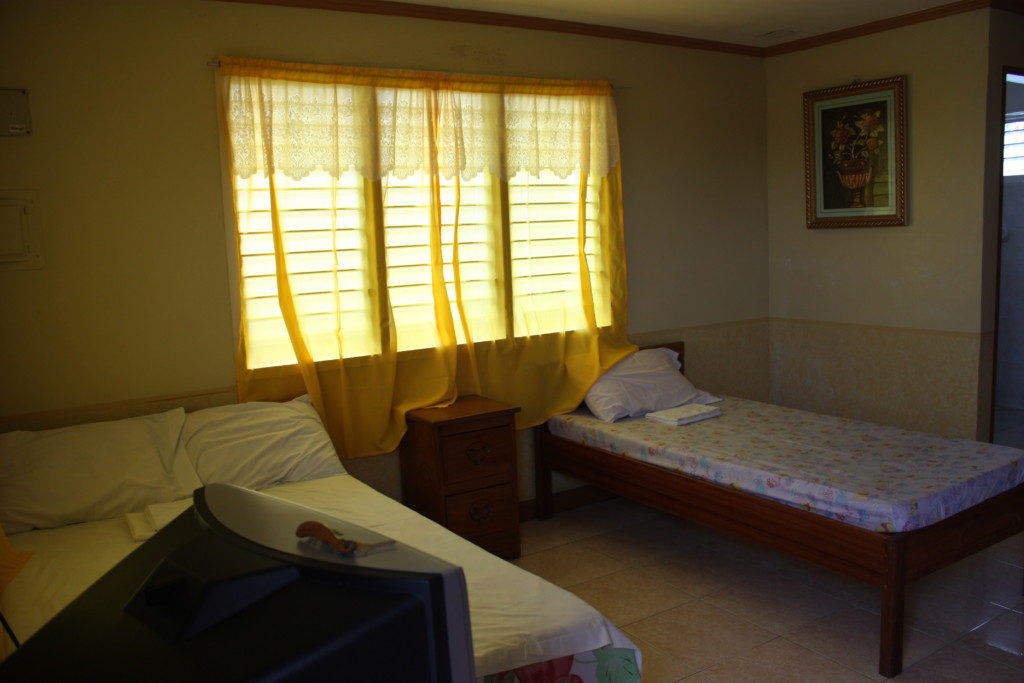
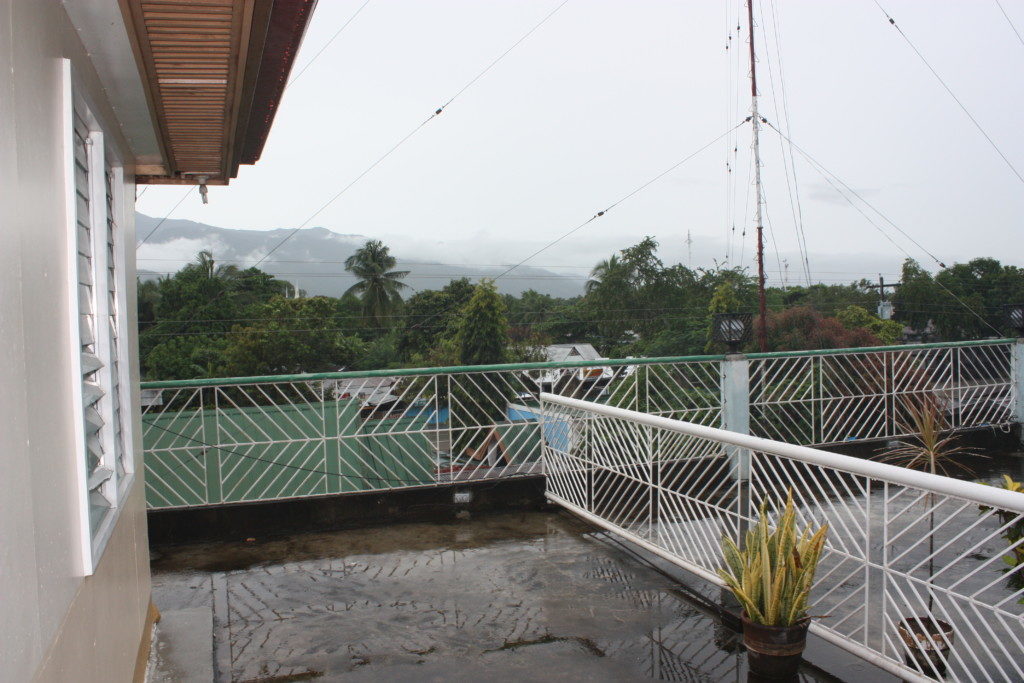
We then rode through the town in a tuktuk to the beach.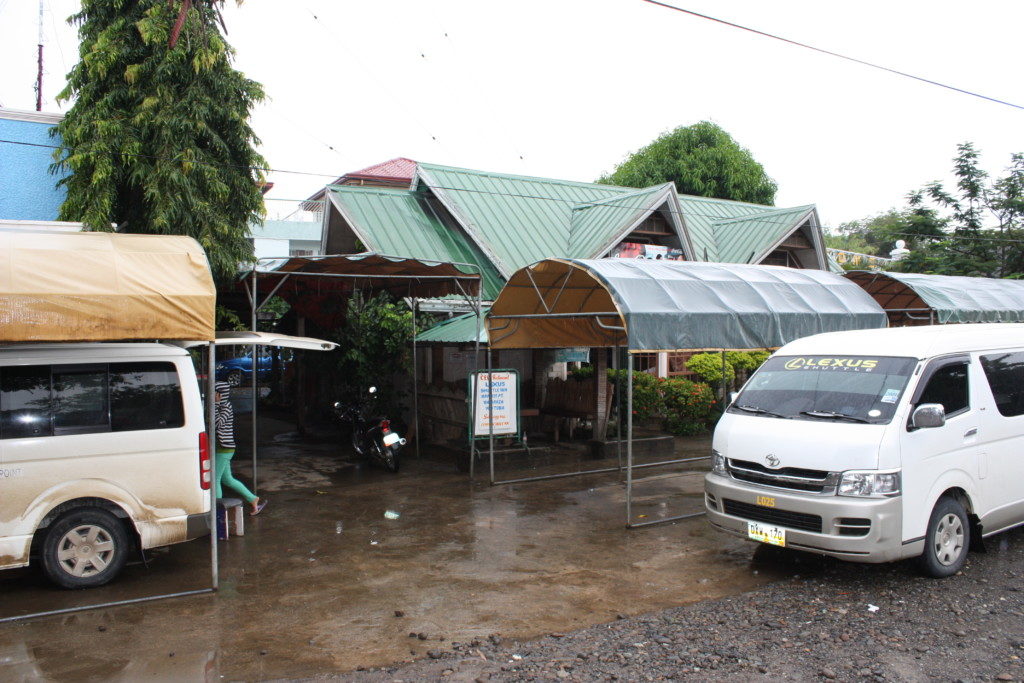
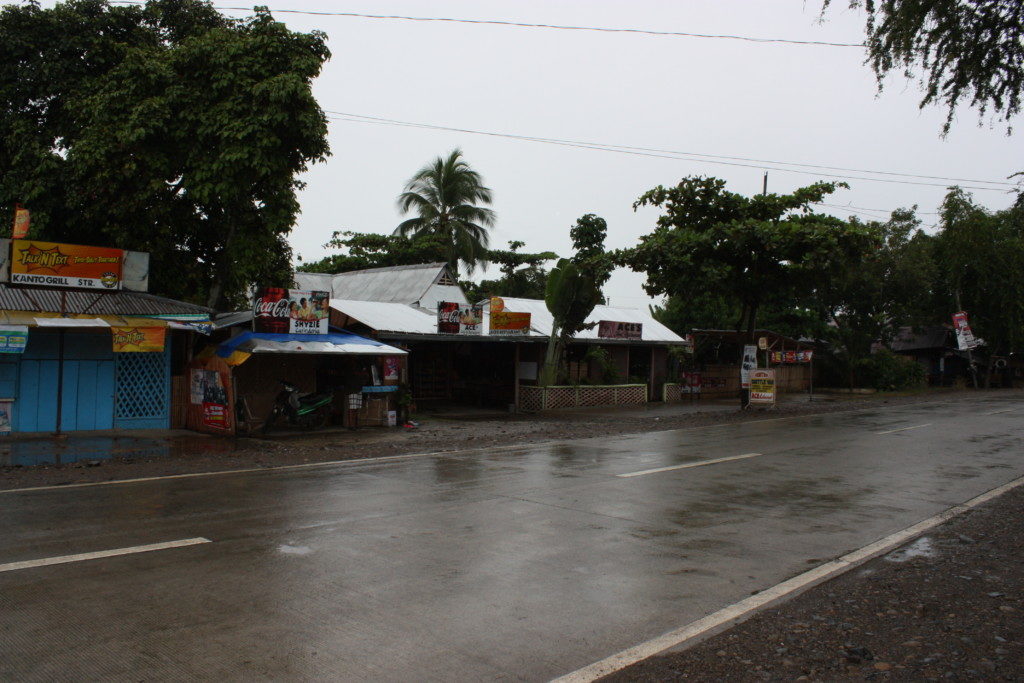
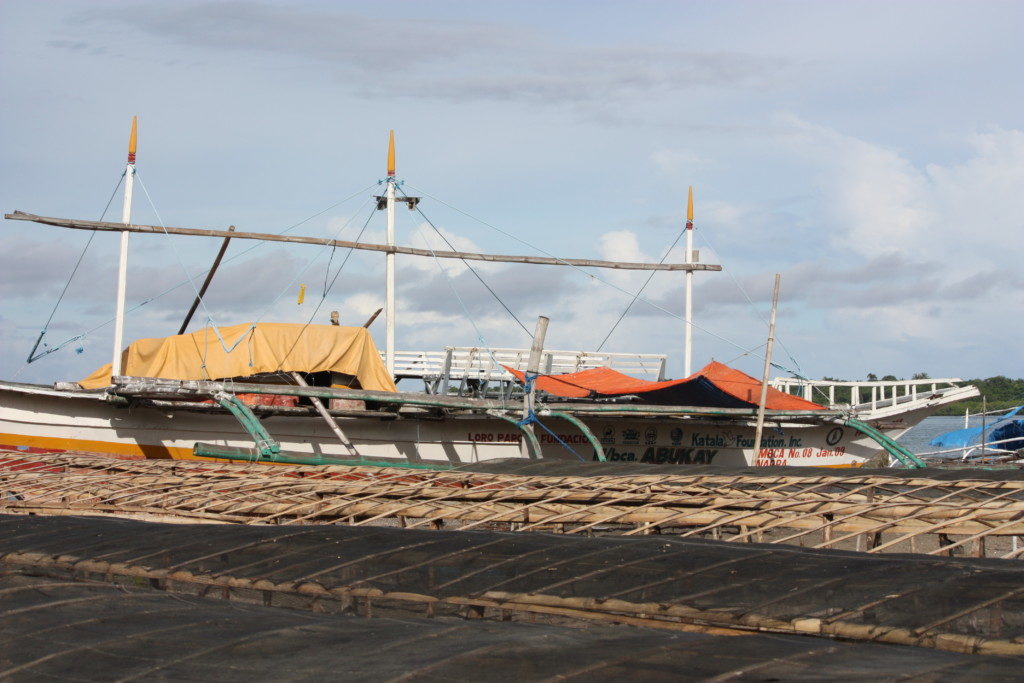
Later that afternoon, our guide Ivy met us and had us fill out some paperwork and pay the fees for conservation, guide and boat. She’s a lovely lady full of enthusiasm for the cockatoos and very friendly and helpful. The boat launch site was a few km away so she brought a tuk-tuk for us and she rode her moped. The boat captain, Benito was waiting for us with a small wooden boat. We got in carefully-camera gear and all and headed out towards Rasa Island. Ivy explained that Benito had once been a poacher but he’s now a forest warden to guard the Katala and provide boat transport for eco-tourists. The core project of the Philippine Cockatoo Conservation Programme is a wardens scheme to guard the cockatoos, particularly during the breeding season. Former poachers were recruited as wildlife wardens because of their profound knowledge of the species. They are indigenous people of Palawan: the Pala’wan from the south, the Tagbanua tribes and the Cuyunin from the northern part of the province. He got as close to the island as possible given the tides, set anchor and proceeded to fish while we waited. 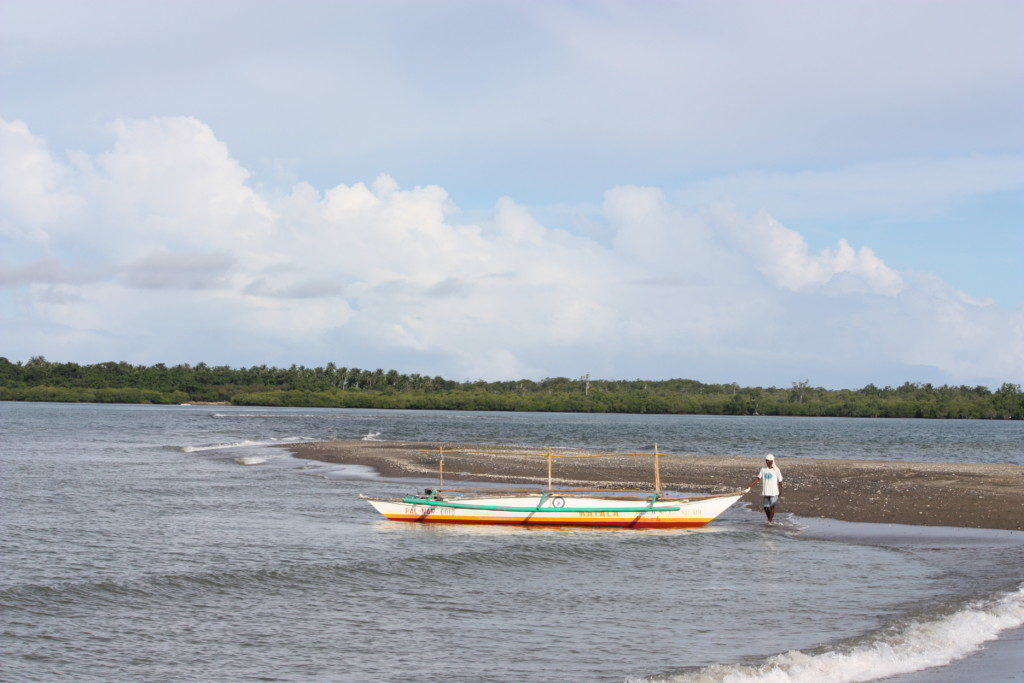
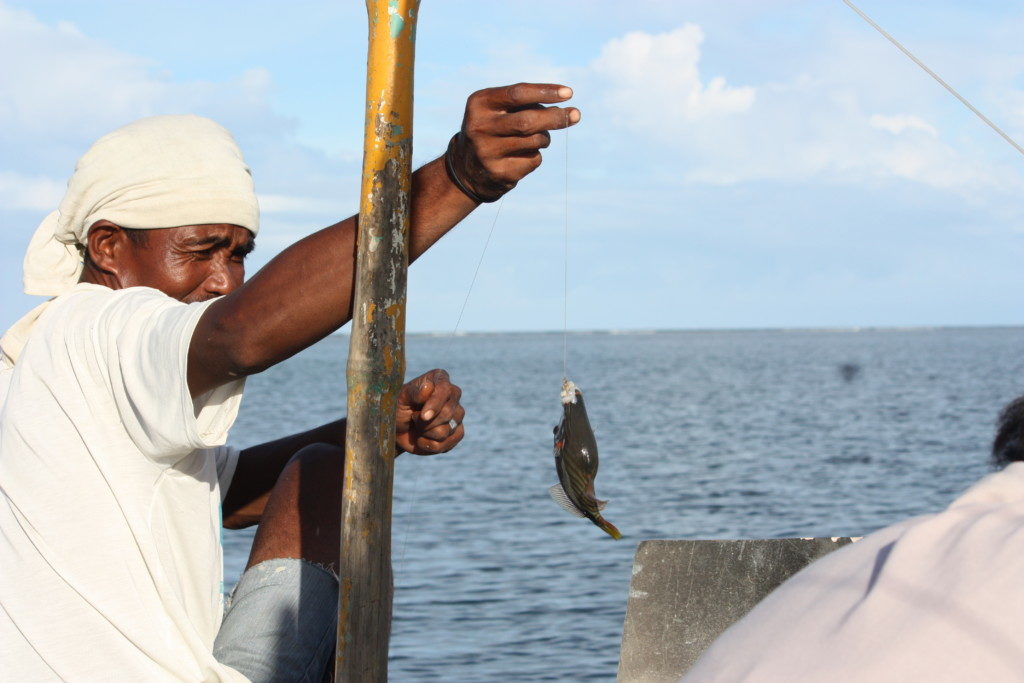
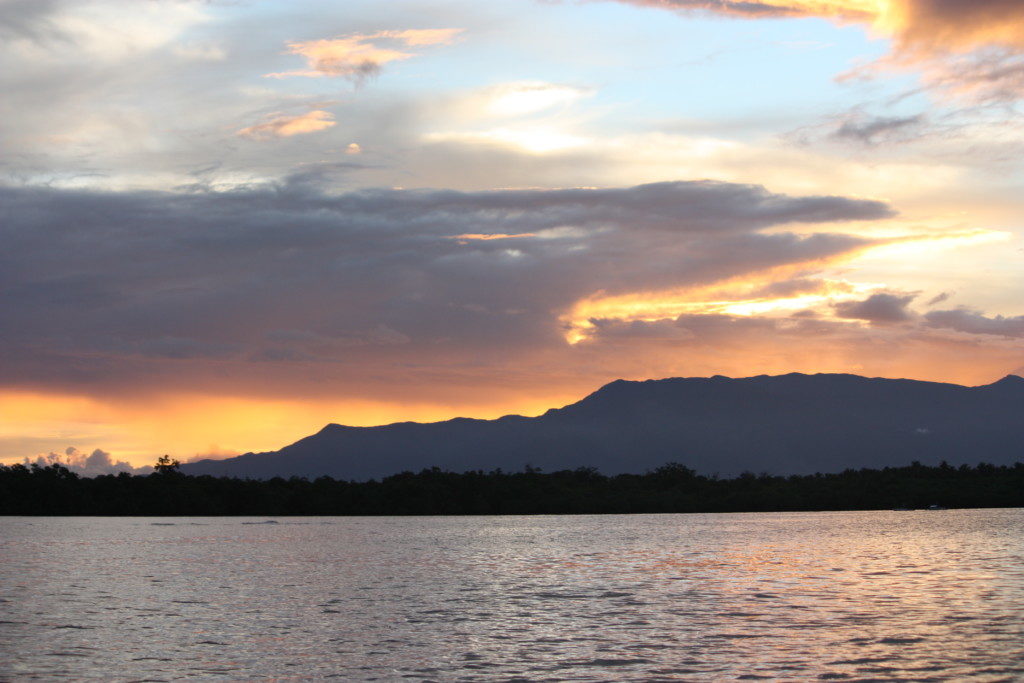
Wait we did, the Katala weren’t going to show up early just because a couple of Aussies had flown out there to see them! Around 6:10pm, we could hear them approaching. They had been out foraging all day, some on Rasa and some on the mainland. A few flew in at first and clung to the trees near the bank squawking noisily as cockatoos do. Then more and more and suddenly the darkening sky was full of them! Although we were pretty far away in the boat, we could see mostly the silhouettes of the small cockatoos who are similar in size to Aussie Corellas. They flew from tree to tree, looking for the best perch for the evening until the sky was dark and they quieted down for the night.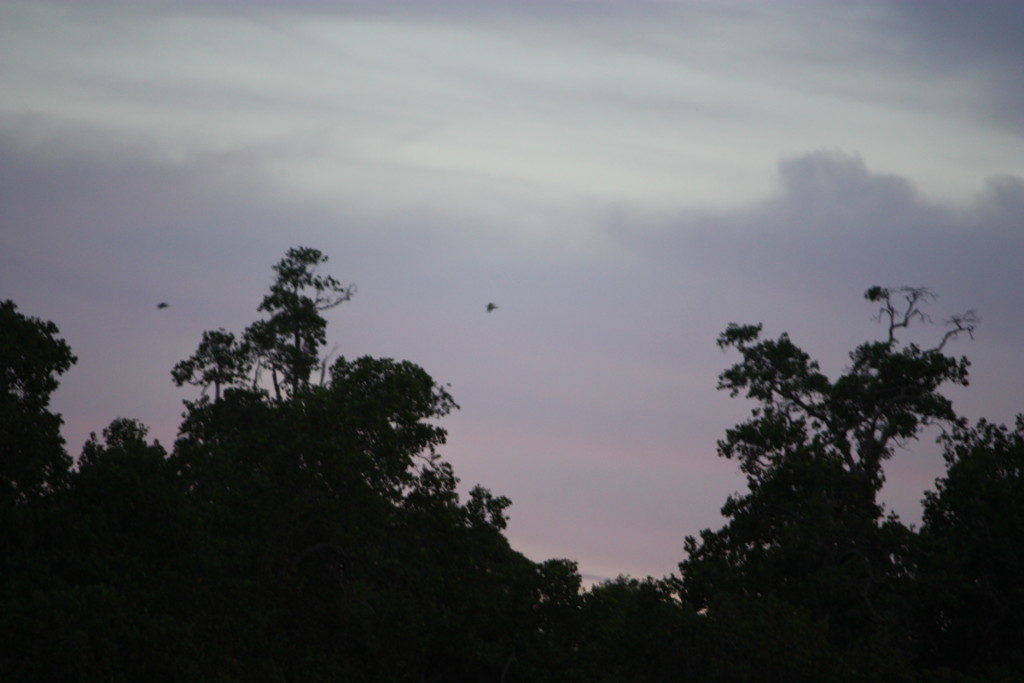
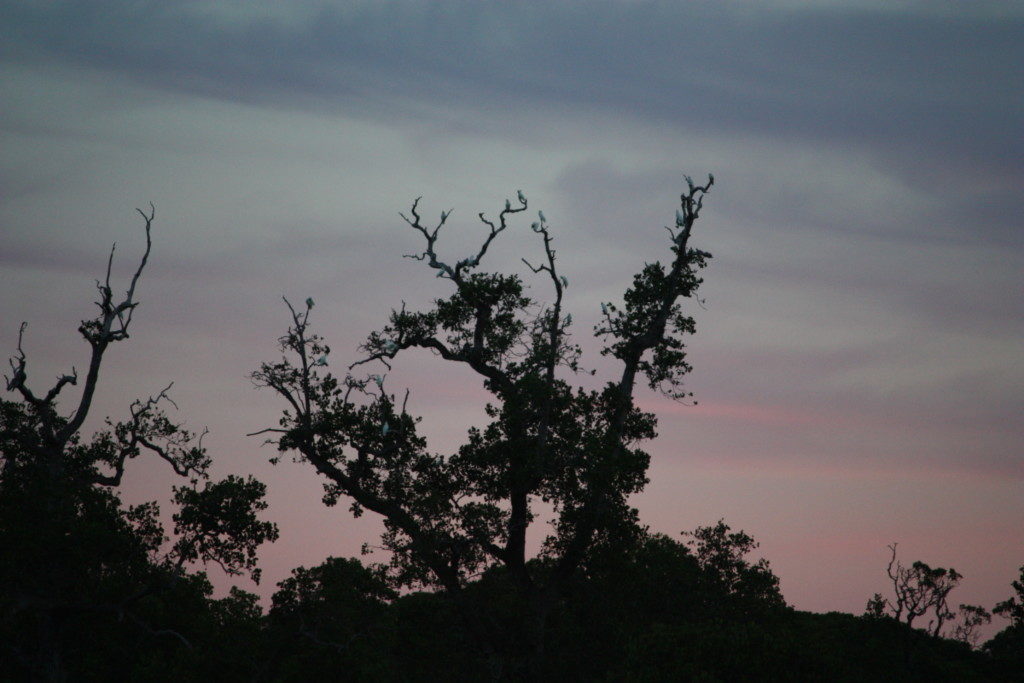
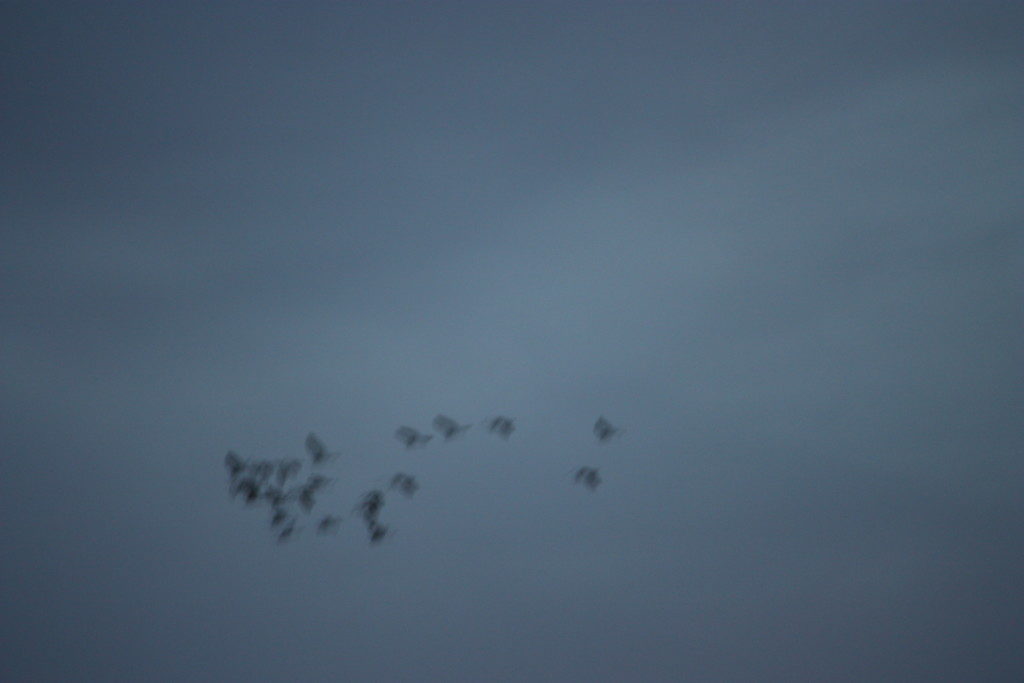
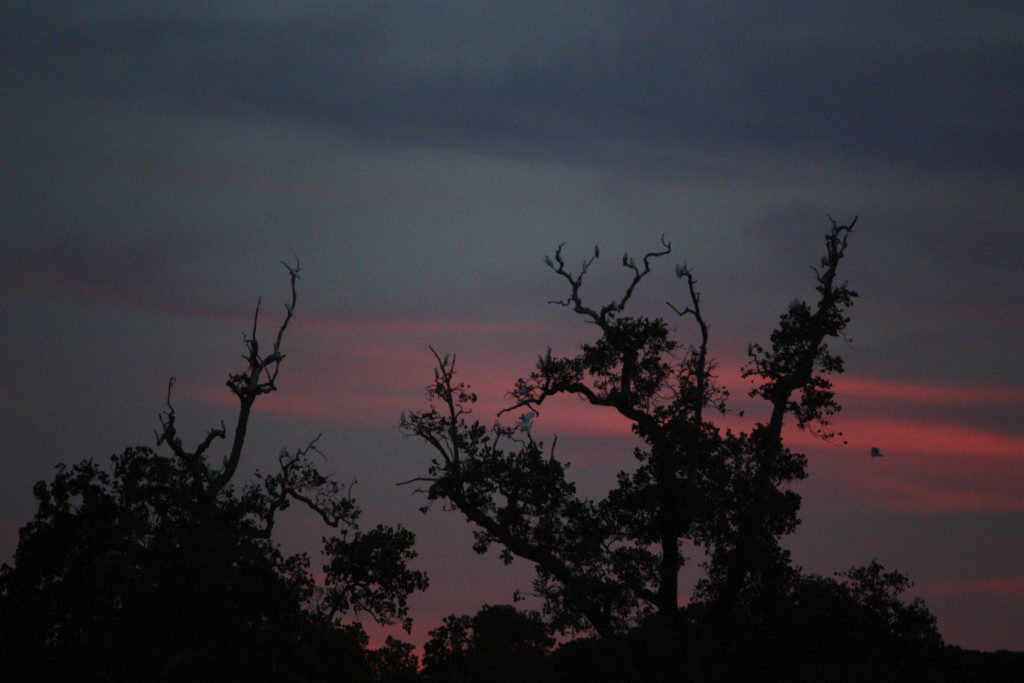
.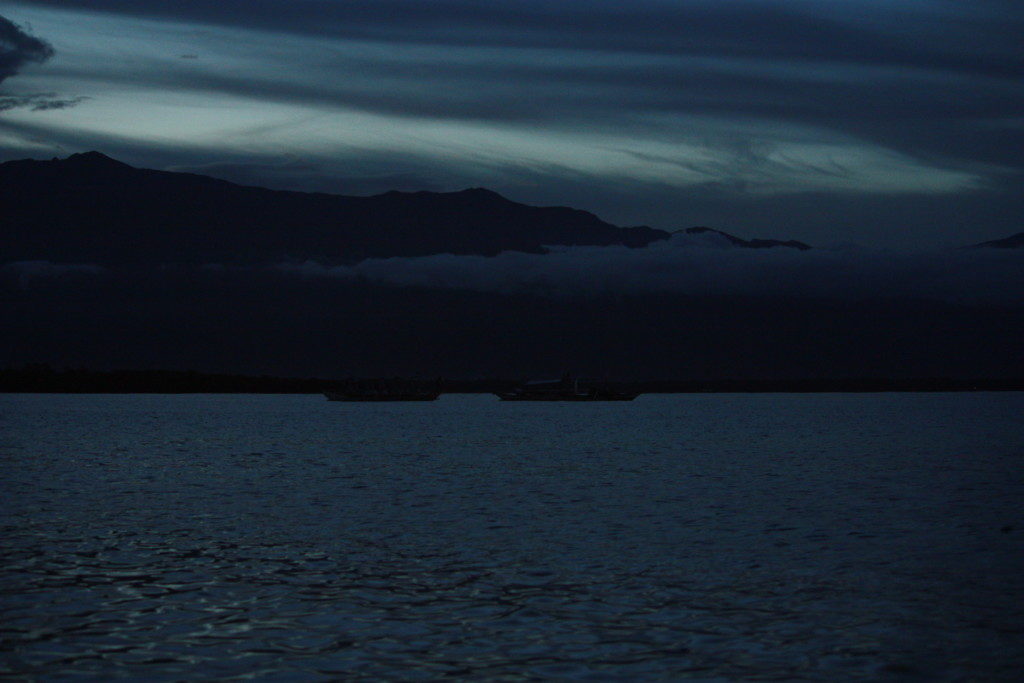 We went back to shore, noticing several fishing boats with flickering lights along the way. Ivy brought us back to the hotel and we had dinner in a nearby restaurant/karaoke bar. Some of the locals turned out to have beautiful voices! They encouraged me (as a visitor) to have a go, I proceeded to murder Simple Mind’s “Don’t You Forget About Me” and got good natured applause from the very kind locals. Then I was glad to hand the mike back!.
We went back to shore, noticing several fishing boats with flickering lights along the way. Ivy brought us back to the hotel and we had dinner in a nearby restaurant/karaoke bar. Some of the locals turned out to have beautiful voices! They encouraged me (as a visitor) to have a go, I proceeded to murder Simple Mind’s “Don’t You Forget About Me” and got good natured applause from the very kind locals. Then I was glad to hand the mike back!.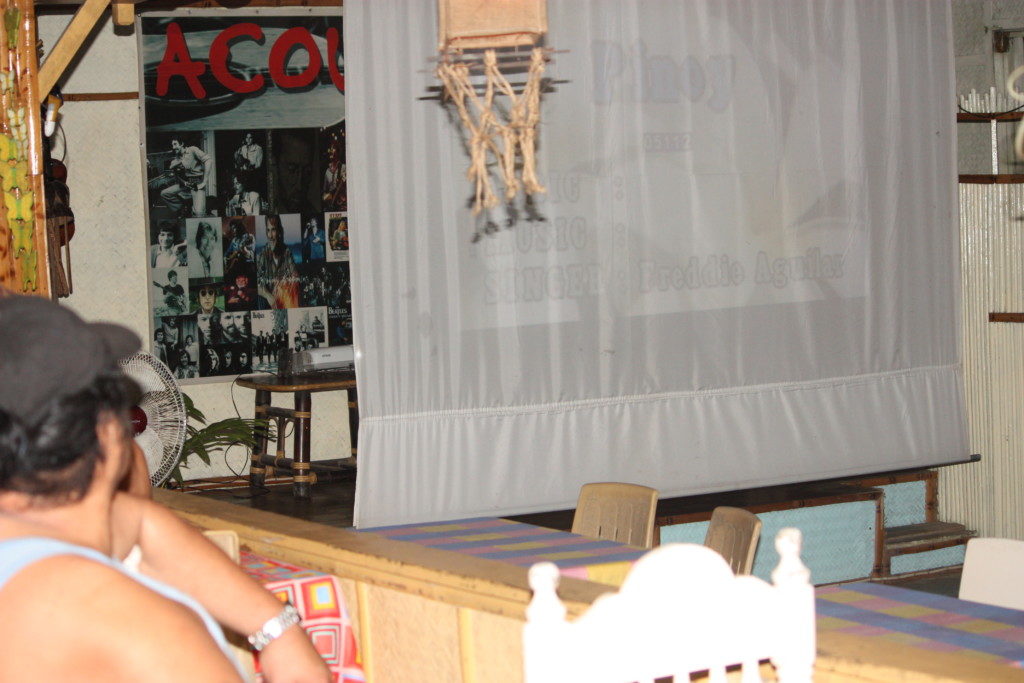
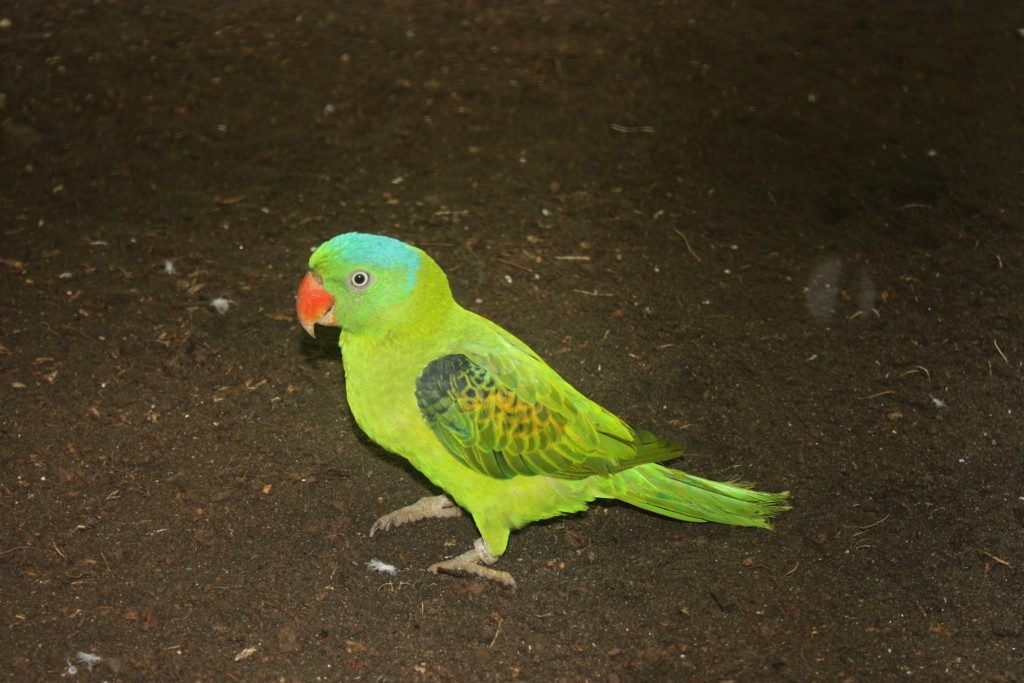
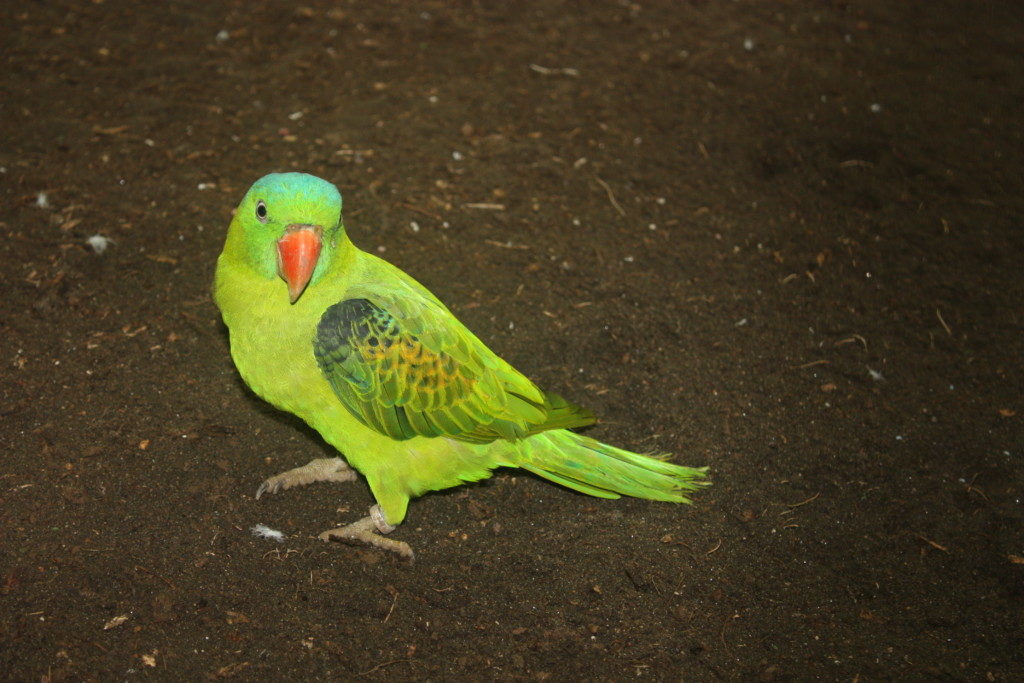
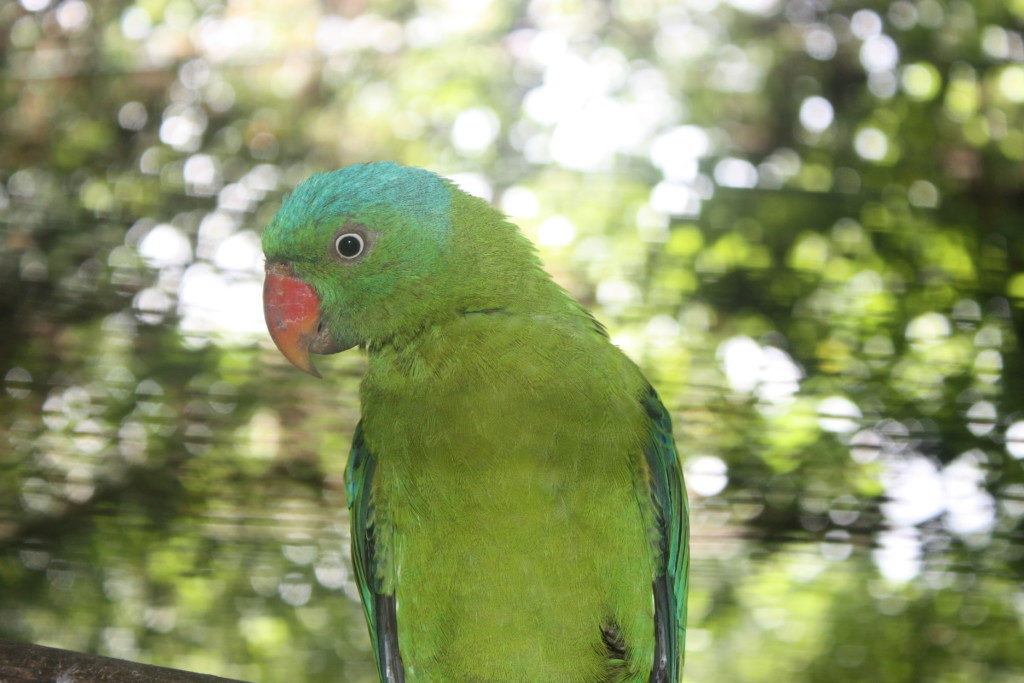
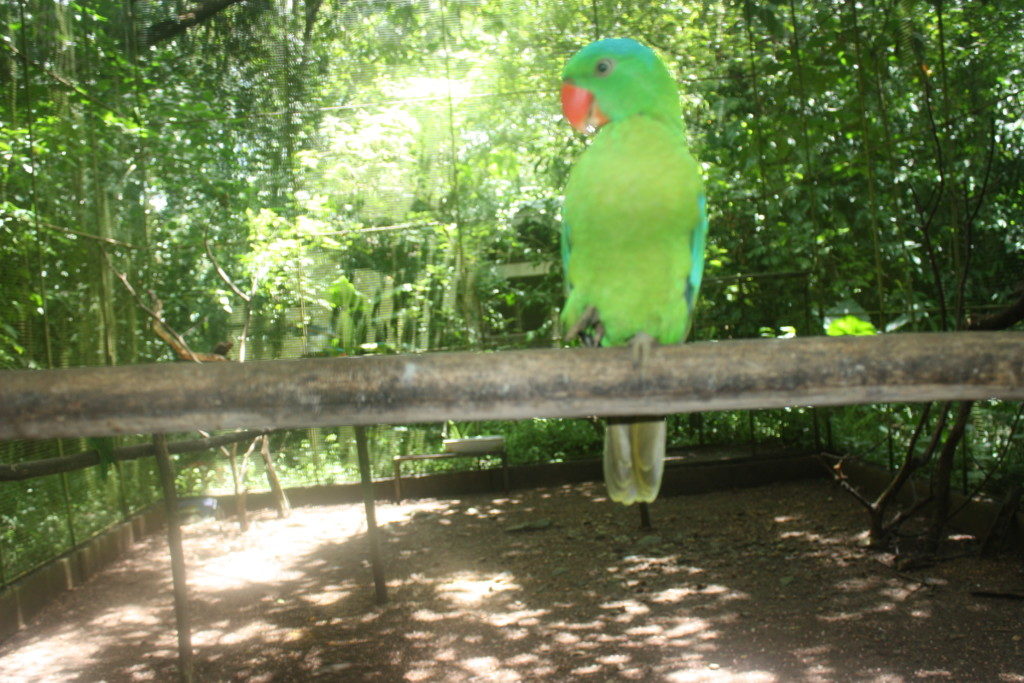
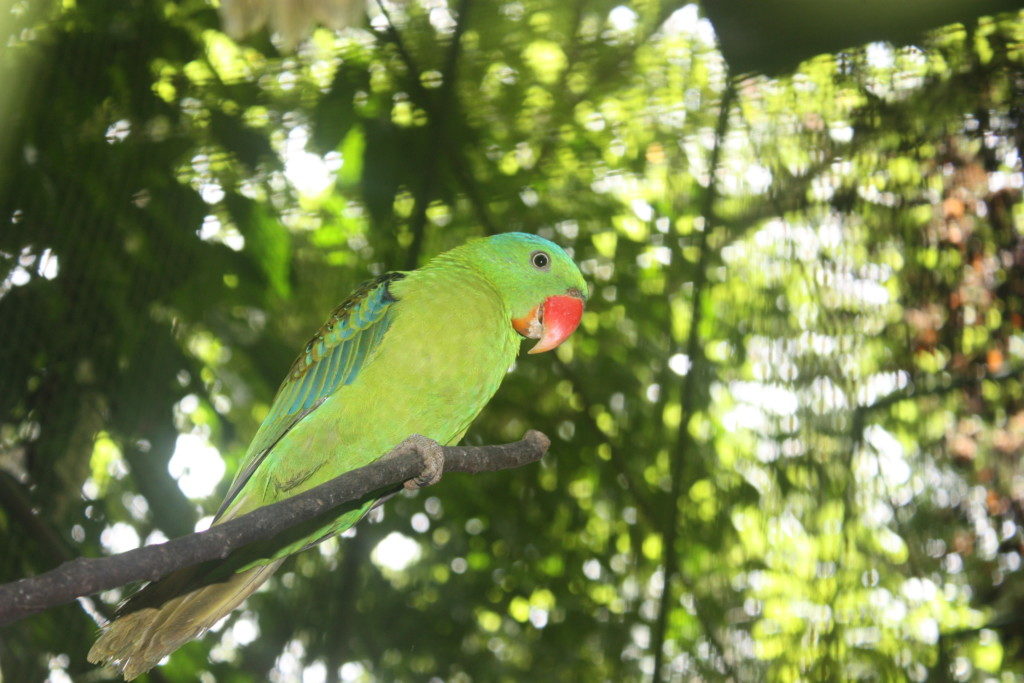
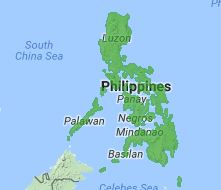

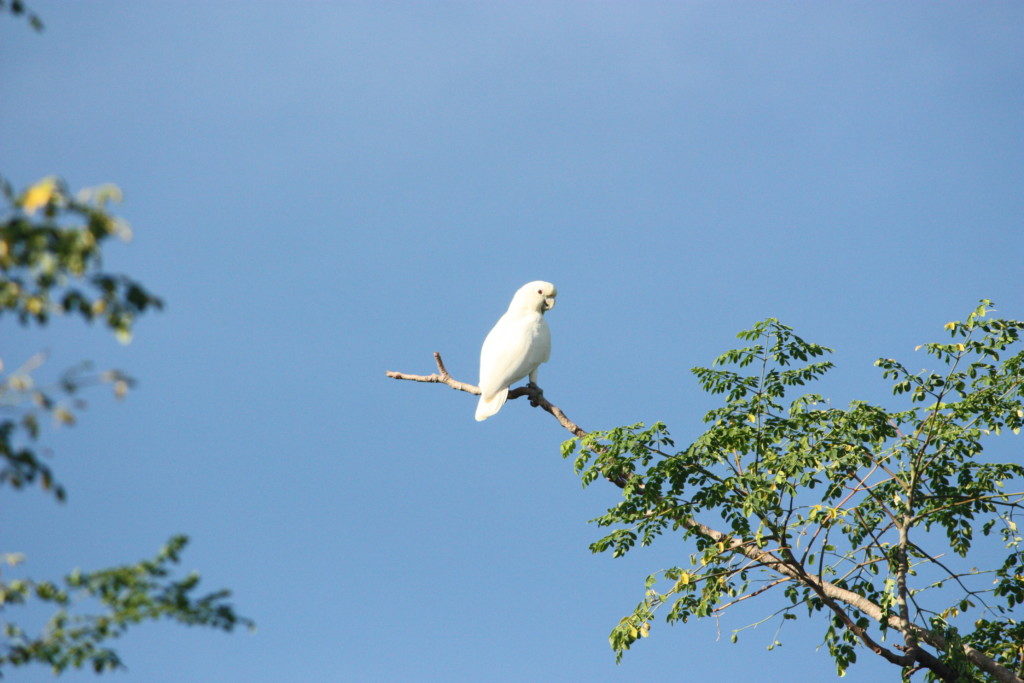
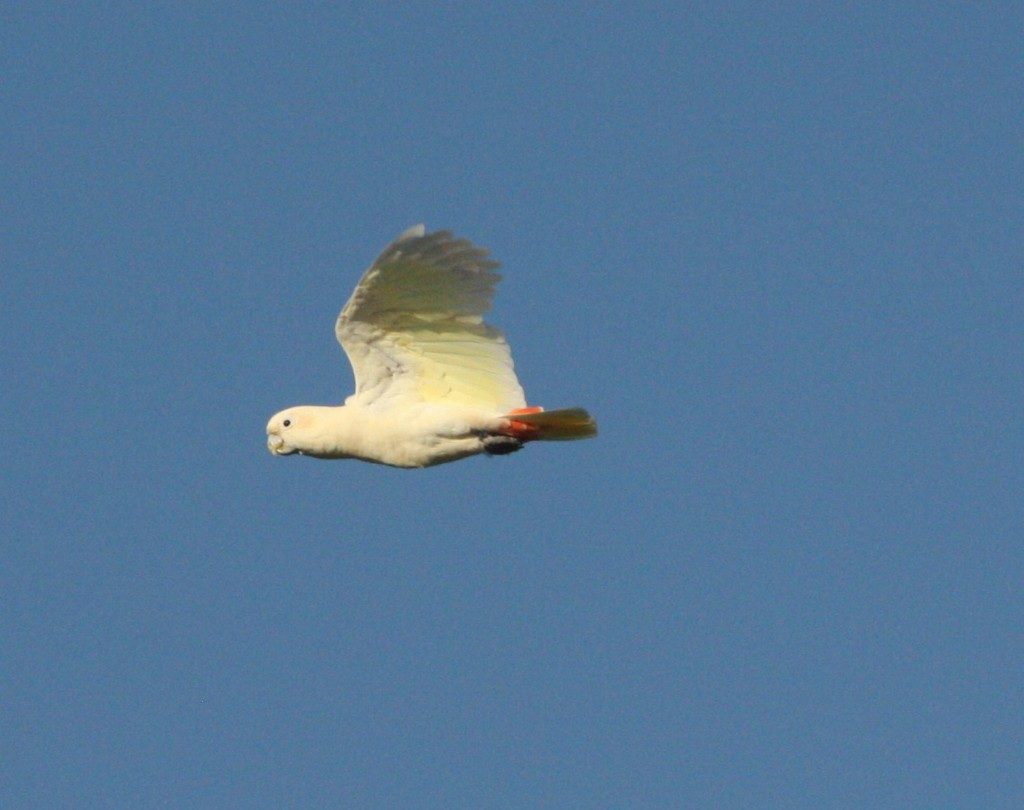
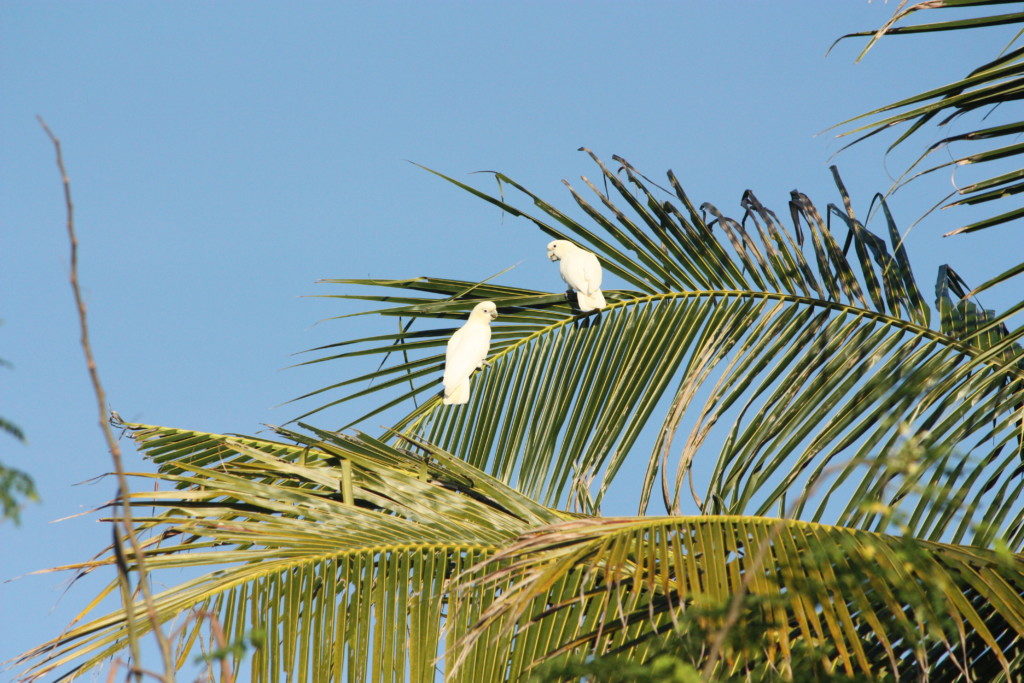
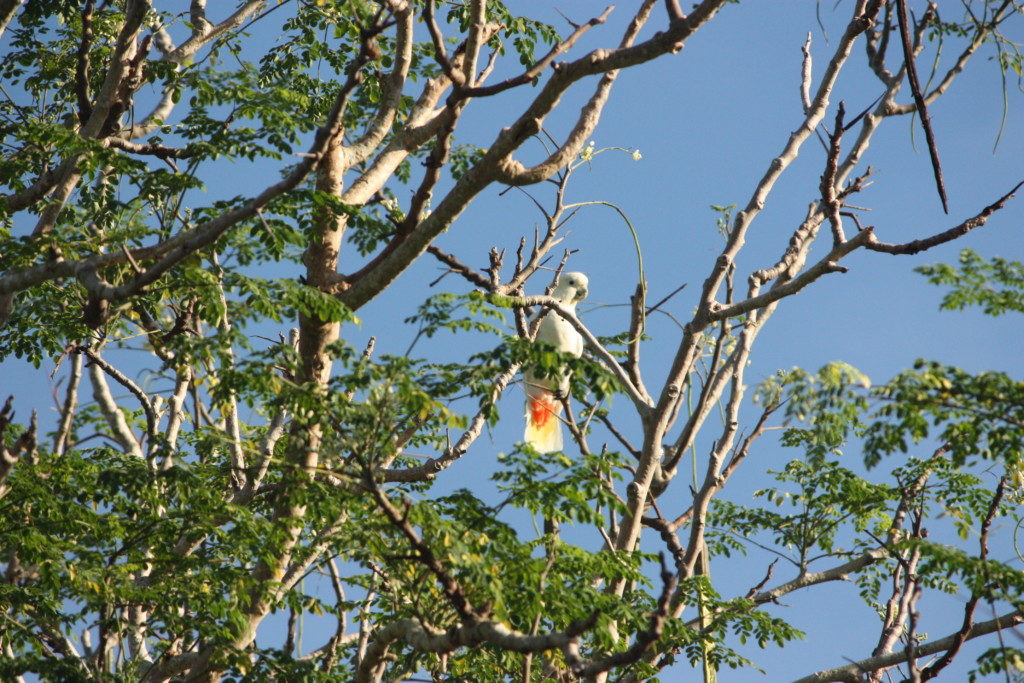
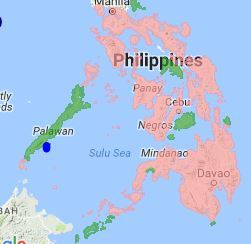














 We went back to shore, noticing several fishing boats with flickering lights along the way. Ivy brought us back to the hotel and we had dinner in a nearby restaurant/karaoke bar. Some of the locals turned out to have beautiful voices! They encouraged me (as a visitor) to have a go, I proceeded to murder Simple Mind’s “Don’t You Forget About Me” and got good natured applause from the very kind locals. Then I was glad to hand the mike back!.
We went back to shore, noticing several fishing boats with flickering lights along the way. Ivy brought us back to the hotel and we had dinner in a nearby restaurant/karaoke bar. Some of the locals turned out to have beautiful voices! They encouraged me (as a visitor) to have a go, I proceeded to murder Simple Mind’s “Don’t You Forget About Me” and got good natured applause from the very kind locals. Then I was glad to hand the mike back!.